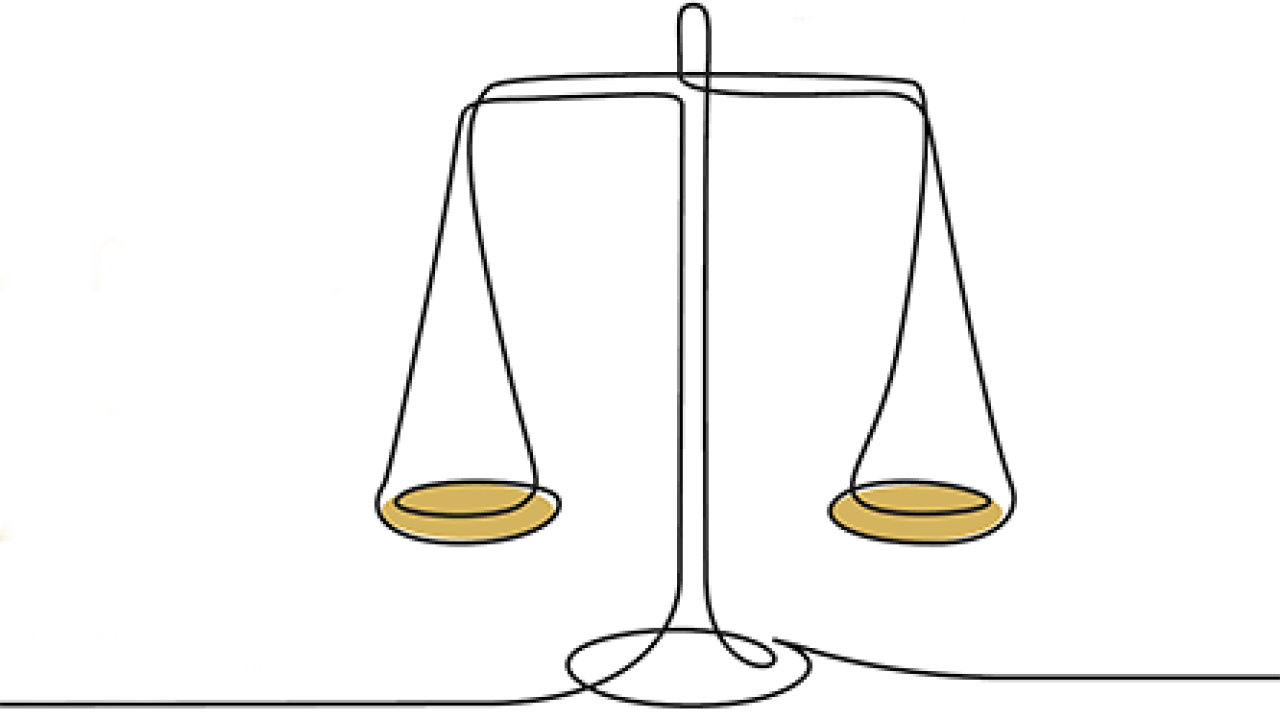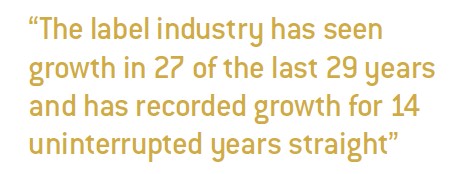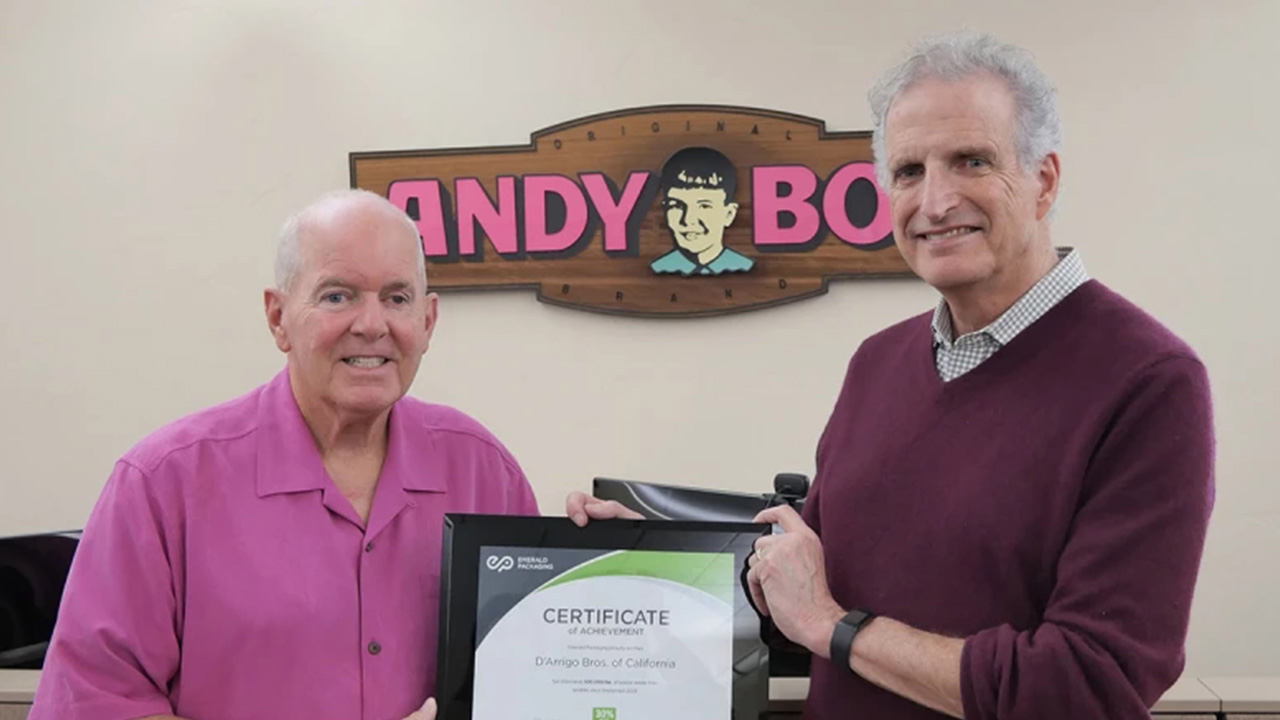Continuous improvement: the great equalizer

I heard how the large roll-up of private-equity-backed converters placed burdens on competitiveness. Small and mid-sized converters felt squeezed as material allocations hindered their response to growth opportunities. All converters continue to be put to task, and the complaints were the same whether you were large or small. The label industry has seen growth in 27 of the last 29 years and has recorded growth for 14 uninterrupted years straight. The growth phenomenon and an aging owner demographic have provided an opportunity for private equity to take advantage of the market. The availability of investment capital provides an efficient infusion that may afford a high return for their large institutional investors. Many of the acquired converters enjoyed years of prosperity. The business comfort levels went unchecked and often plateaued. Many did not stay current with their investments in technology and equipment and were ill-prepared for any competitive challenge. Without succession that included handoff to the next generation, their choice was limited to harvesting their assets, preserving value for their families.

Years ago, Peter Drucker, the father of modern business management, identified the consolidation period in a market segment by describing the buyout firms as providing a needed function to the industry. That is not to say the private equity path does not have its problems. We know the path usually requires financial-based restructuring and capacity consolidation that can be traumatic to the employees. Industry experts do not yet know how the large mergers will impact the market overall and, in the end, if the impact is positive or negative. We know from our learning with Peter Drucker, the most important path to a company’s success, regardless of ownership, includes a culture that is managed for the long run. A company’s governance needs to focus on long-term performance rather than short-term value fluctuations. Flipping a company for the short-term gain adds no value to the market or to that company’s future. Organizations that delight customers today and into the future will flourish in the long term. Companies that engage their employees and build a culture of sustained improvement focus will outperform the short-term thinking companies that lack the commitment to enhance the culture.
Culture
Leaders that have developed their company’s culture based on continuous improvement have harvested tremendous opportunity regardless of their current revenue size today. For the last 15 years, there have been 25 to 35 converter acquisitions per year and several supplier acquisitions as well. Not all of these acquisitions have been smooth. Issues within recently acquired companies, or in any other hesitant company, generally start with a lack of understanding about sustained improvement focus as a company's cultural building block. Most intellectual acquisition firms believe they have the expertise to implement rapid improvement by camouflaging it as ‘autocratic lean’ to push financial-based objectives quickly. When I heard this term the first time and saw how it was forcing wrong organizational behavior, I recognized that the cultural emphasis on improvement for converters has never been more important.
Just as illogical is the individual or corporate-owned converter that hesitates to accept cultural development as part of their primary strategic investment. I find today that the end customers are always willing to speak to the needs they value with their converters, but it is up to the converters to take the information and act. To do this effectively, the converter has to develop a capacity to listen and then translate what they learn into actionable strategic imperatives. As more owners (private equity, corporate or individual) recognize this opportunity and build their organizations to respond, they will find their old equipment with a new focus on continuous improvement will help them earn enough to invest in new equipment and help them build back their competitive strength.
In a recent flash poll of converters, 58 percent report they will turn to continuous improvement as a path to gain competitiveness. Another 24 percent are looking to simplify and reduce waste in their organizations. The question I get asked the most is how to get started with the cultural transition process. My first suggestion is to learn from your customers. Pair an operation-minded individual with a sales-minded individual and go and see. My best industry meetings were traveling with the sales team, talking to business leaders about their needs from their suppliers and what they value from converters as a supplier. This information needs to come back to the company and be digested so that strategic thrusts of activity can be planned and executed. Don't think this is a salesperson assignment. This has to involve operations, engineering, graphics and finance.
Finding the most impactful areas requiring attention can come from the customer learnings, value stream mapping, and reviewing waste in the process. Organizations that have travel restrictions due to the current pandemic or because of the cost, have another way to discover the most troubling of performance barriers. The information will come directly from your employees. A great investment in learning includes a crash course in how to hold a meaningful and short shift kickoff meeting highlighting SQDIP (Safety, Quality, Delivery, Inventory of interruptions, Productivity).
Communicate
I have been involved with converters for 20 years and with manufacturing my entire career. A common gap is the inability to use 5-10 minutes at the beginning of the shift to communicate what is important to the customers and what improvement results are benefiting customer relationships. The next step is to ask a shop floor operator about interruptions that were experienced the shift before. An interruption is defined as anything that prevents the progress of processing an order because of material, tooling, information error or outage. The issues identified will become a great revelation to the starting point for an improvement initiative. Any organization can build a Pareto of problems from these conversations within a week. To effectively build an action plan the next best tool is using 5 Why. This root cause detection method helps pinpoint areas that can reduce waste, reduce time and improve the quality of process all designed to benefit customer response. The 5 Why method will effectively lead to the root of the process problems, potentially back to the beginning when an order is received. This is more common than most organizations recognize, because it requires a company's self-reflection with a tool that eliminates preconceived notions of performance. I recommend that executives attend a shift kick-off meeting and then walk GEMBA with the shop floor managers and cell leaders weekly. Being visual helps demonstrate a commitment to improvement.

The habit of a meaningful shift kickoff meeting not only stimulates conversation but also quickly identifies the most sensitive improvement areas needed. It is easy enough to prioritize Kaizen blitz areas. The execution of the improvement plans, sometimes called barrier removal, requires Kaizen and the best Kaizen team participants are generally people that helped identify the problem. Kaizen is a short burst of improvement initiatives focused on changing for the good. As a primary tool for the ‘House of Lean’, Kaizen drives improvement with employee involvement in a continuous way. Fixing the barrier and reporting on actions taken to fix the barrier provides instant feedback opportunity to the group that management is listening, a key ingredient to cultural evolution. The benefit of the Kaizen approach is that companies rally resources for a short period – usually 3-5 days – and go to work understanding the problem and designing fixes to that problem. These problems generally are the result of poor handoffs from upstream processes. Improving the quality of the handoff reduces time and frustration among individuals. My experience is that nearly 85 percent of personnel issues are the result of process quality and process inconsistency. Solving these issues leads to a happier workforce, engaged employees, and a culture that begins to embrace change for the good.
This is no small task for managers and business leaders because they have to learn the approach as well. This is not something that occurs for an organization overnight or in a few short months. It requires breaking old habits, less tolerance for process inconsistencies, and a willingness to invest time to train and encourage people. This commitment comes from the top of the organization. Owners have to be patient and impatient at the same time. Leaders and managers have to be trained and this takes time and a commitment as well. Perhaps the real question is whether or not you are interested in the long game, where continuous improvement keeps you in the competitive game, or in the short game where customer loyalty is not part of the strategy.
Stay up to date
Subscribe to the free Label News newsletter and receive the latest content every week. We'll never share your email address.


